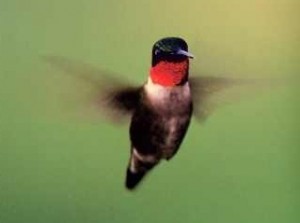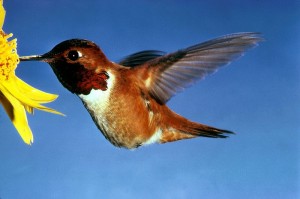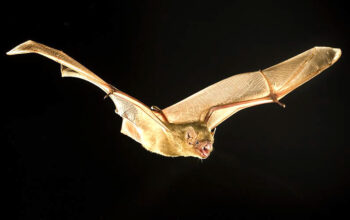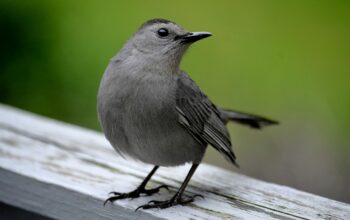
The hummingbird is a distinct bird native to the Americas that make up the Trochilidae family. They are among the smallest of birds and include the worlds smallest bird, the Cuban Bee hummingbird, measuring 5 cm. There are twelve hummingbird species that can be observed in Louisiana, the most common being the Ruby-throated hummingbird and the Rufous hummingbird. The Ruby-throated hummingbird has a metallic green back, males have a bright red throat, females have a white throat and belly. The male Rufous hummingbird has bright rufous (or rust colored) back and flanks, with an iridescent orange-red throat. The female is green with rufous tinge on her flanks and tail. These birds will lay two small eggs (but rather large in comparison to most bird/egg ratios) in a tiny compact nest made of down held together with spider silk and decorated with lichens. The spider silk construction adds elasticity to the nest, allowing it to grow with the chicks.

On average, the hummingbird flaps its wings 12 – 80 times per second, depending on the species. Mating season also has an affect on this statistic, where the smallest birds can reach up to 100 beats per second. The hummingbird can fly at speeds up to 34 mph on average, and it is the only bird with the ability to fly backwards.
 Biochemist Douglas Warrick and his coworkers studied a Rufous hummingbird in a wind tunnel using particle image velocimetry to investigate this bird’s unique flight. They concluded that the bird produces 75% of their weight support during the down stroke and 25% during the upstroke, defining the hummingbirds flight as distinctly different from insects with a similar hovering flight, where lift is generated equally in both strokes.
Biochemist Douglas Warrick and his coworkers studied a Rufous hummingbird in a wind tunnel using particle image velocimetry to investigate this bird’s unique flight. They concluded that the bird produces 75% of their weight support during the down stroke and 25% during the upstroke, defining the hummingbirds flight as distinctly different from insects with a similar hovering flight, where lift is generated equally in both strokes.



